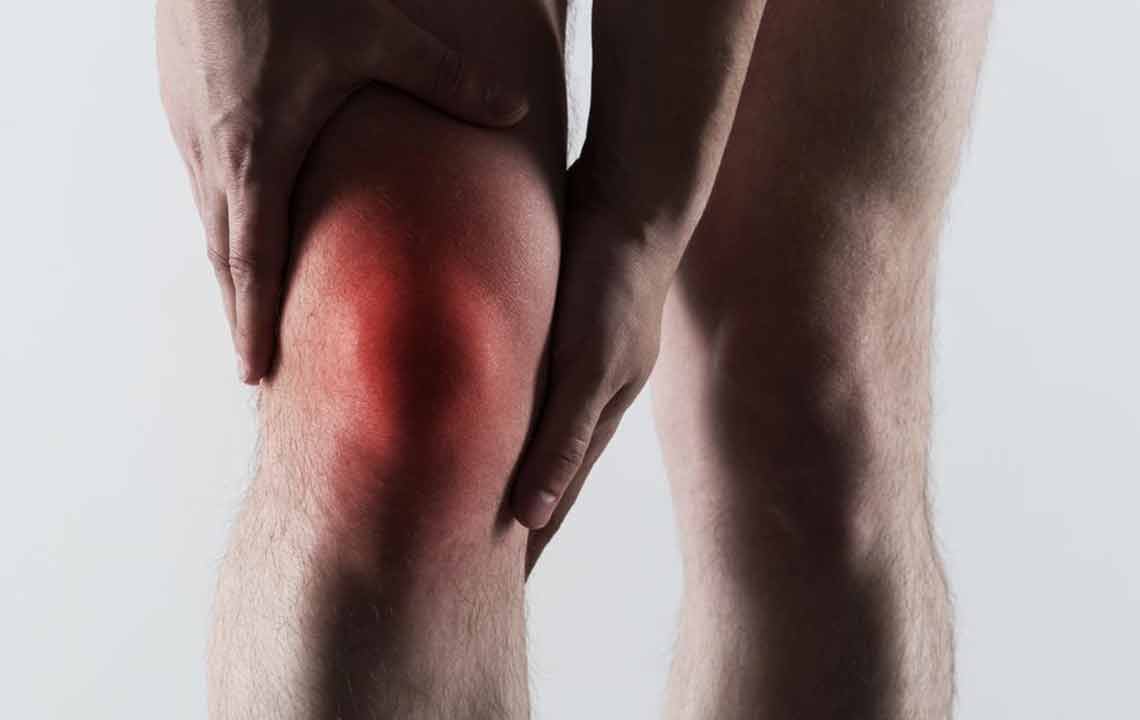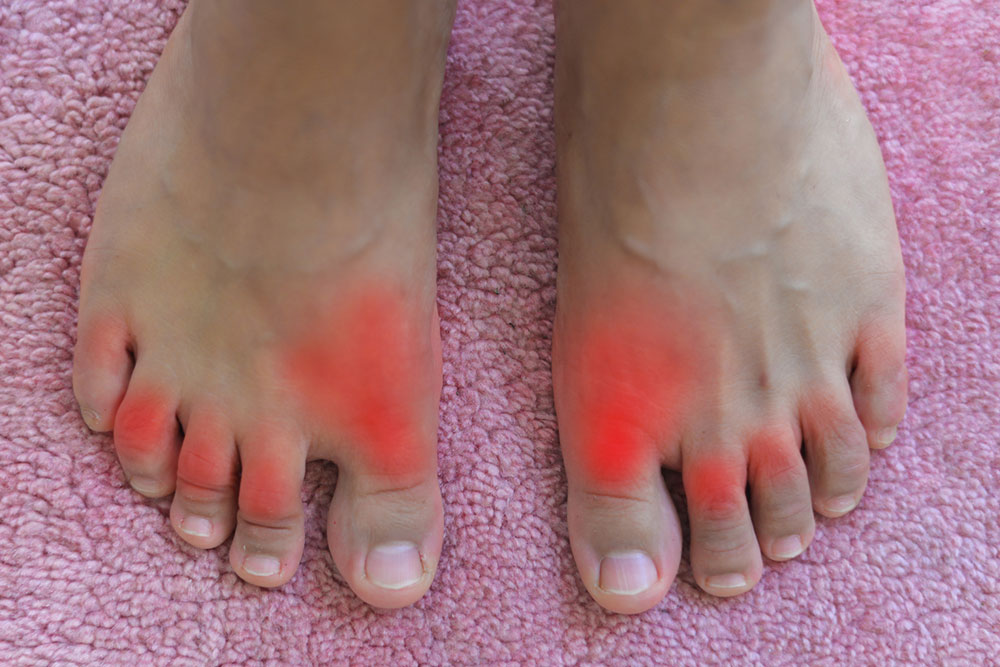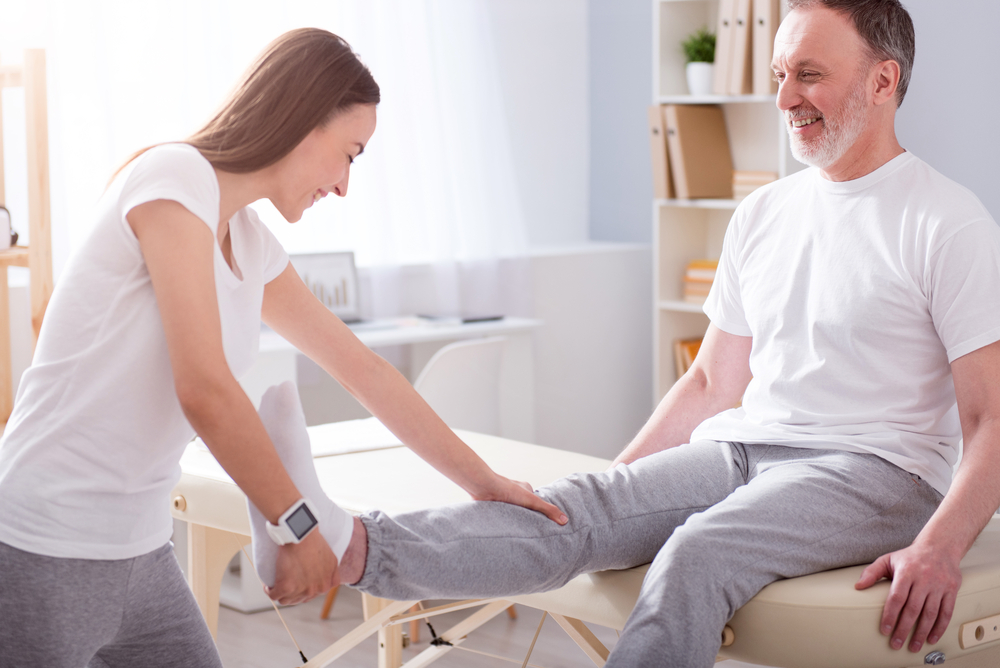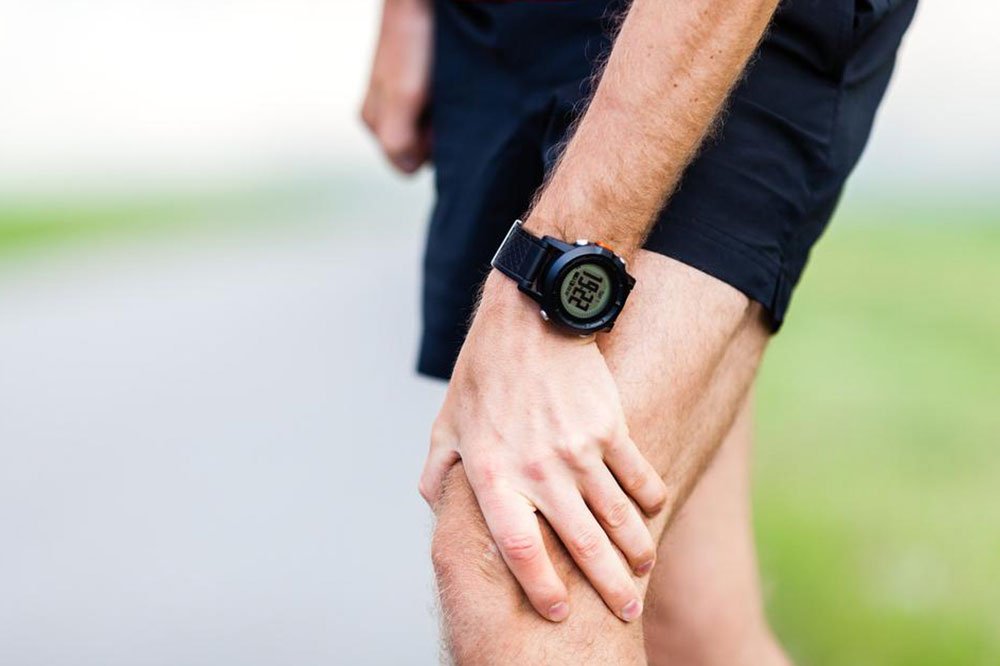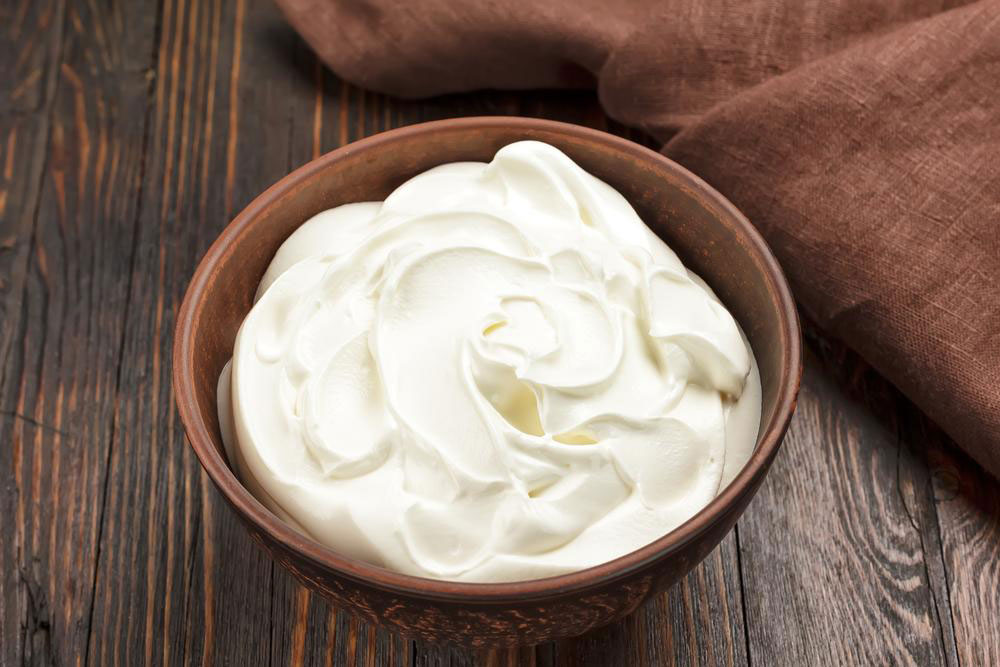Understanding Gout: Symptoms and Effective Management Strategies
Gout is an arthritic condition characterized by sudden, intense joint pain caused by uric acid crystal deposits. Key symptoms include swelling, redness, and limited mobility, especially in the big toe. Effective management involves medications, lifestyle changes, and home remedies. Early treatment prevents joint damage and recurrent attacks. This article provides insights into gout symptoms and practical strategies for relief and prevention, emphasizing timely intervention and healthy habits for better joint health.
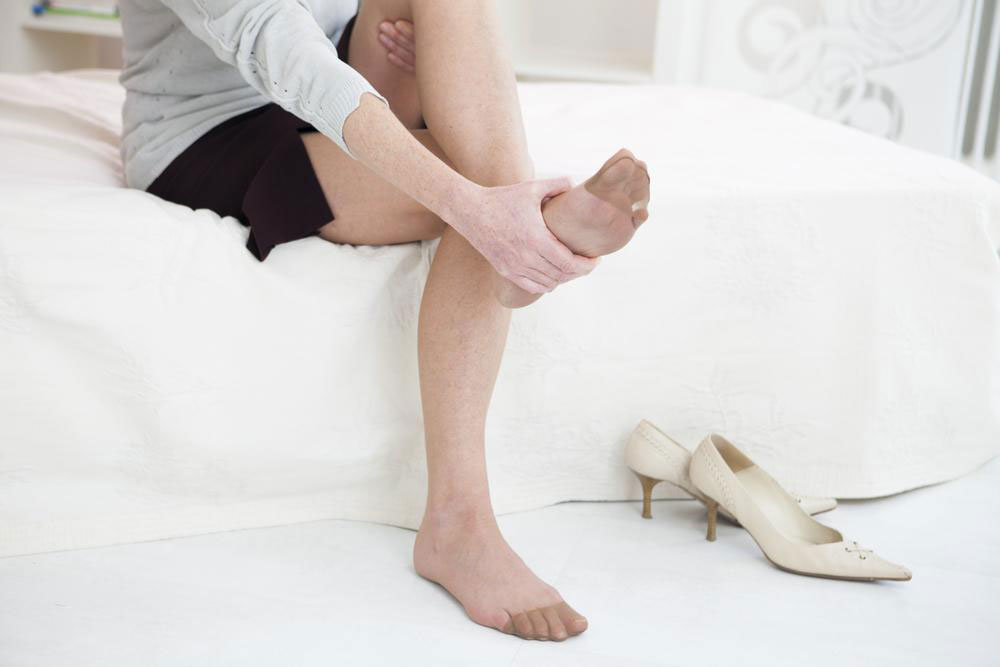
Understanding Gout: Symptoms and Effective Management Strategies
Sudden intense pain in the big toe or other joints often signals gout. This excruciating discomfort can strike at any time. Gout is a form of arthritis caused by excess uric acid in the blood, leading to sharp crystal deposits in joints. The big toe is most frequently affected, but other joints like the ankles, elbows, wrists, and fingers can also be involved. Attacks typically last around ten days, with the worst pain in the first three days.
If not treated promptly, gout can spread to other joints. Managing inflammation quickly helps reduce pain and prevents progression.
Gout attacks begin unilaterally and may extend without intervention. Relief involves addressing inflammation effectively. Early treatment alleviates pain, decreases inflammation, and stops joint spread.
Signs of Gout Pain
Symptoms vary based on uric acid buildup severity. Crystals forming in joints cause intense pain. Common signs include:
Severe joint pain: Usually affects the big toe, but can extend to ankles, elbows, wrists, and fingers. Pain peaks in the first three days.
Swelling of joints: Excess uric acid forms crystalline deposits, creating visible lumps or nodules under the skin.
Mild discomfort: After initial pain, a lingering moderate ache can persist for weeks, worsening with recurrent attacks.
Inflammation: Affected joints appear red, swollen, and tender.
Redness and warmth: Inflammation causes the joints to turn red and feel warm.
Reduced mobility: Swelling and pain limit joint movement, especially in the big toe.
Balance issues: Toe pain can impair walking balance.
Fever: Severe cases may include fever, indicating possible joint infection.
Managing Gout Pain
Most gout pain subsides within ten days, even untreated. Severe cases with fever require urgent medical attention. Treatment focuses on pain relief and reducing inflammation, using medications and lifestyle adjustments.
Common approaches include:
Medications: NSAIDs and corticosteroids provide pain relief. Discuss with a doctor before use.
Ur acid management drugs: Medications that lower uric acid production or increase clearance help prevent future attacks.
Home remedies: Cold packs, rest, and comfortable footwear can ease discomfort.
Diet and lifestyle: Avoid high-purine foods, stay hydrated, limit caffeine and alcohol, and maintain a healthy weight to minimize flare-ups.
Alternative therapies: Herbal supplements like turmeric and bromelain, acupuncture, and hot-cold compresses may provide additional relief when conventional treatments aren’t enough.
Managing gout involves medications, lifestyle choices, and sometimes alternative therapies. Early and consistent treatment prevents complications such as recurrent attacks, kidney stones, and joint damage.

